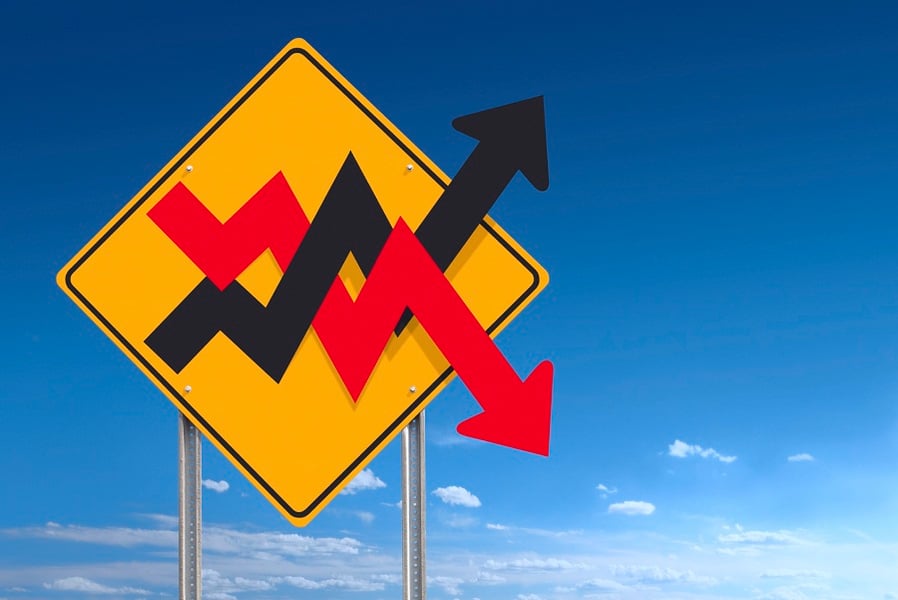Exchange-traded products are taking up a bigger chunk of Cboe Volatility Index futures trading than they have in about seven years, and that could be depressing the gauge, according to Nomura Securities International Inc.
When VIX-linked ETPs roll to the next month, they sell front-month futures on the volatility gauge to buy second-month ones. And when that activity becomes a larger portion of overall futures trading, it could have a bigger influence on the level of the index itself.
[Recommended video: How will the markets react to news about the White House?]
The current impact of ETP rebalancing on the front VIX future is about 20% of daily volume on the index's contracts, "just smashing the VIX future," according to Nomura Cross-Asset Strategist Charlie McElligott.
"In a market structure where
volatility is your exposure and/or leverage toggle, this creates that second-order signal to lever up/increase exposure to the asset for many volatility control, target volatility, Commodity Trading Advisers trend and risk-parity products," Mr. McElligott wrote in an email last Wednesday.
[More: SEC commissioner warns about use of leverage in ETFs]
The VIX has been quiet recently — it hasn't closed above 15 in seven weeks — as American stocks reach new highs amid optimism on U.S.-China trade talks, global economic health and support from dovish central banks.
"One final booster shot to this is that the ETN monthly rebalancing via the futures roll also creates an enormous steepening between the first and second contract, which is then a signal for systematic roll-down strategies to also pile on and short the front end of the VIX futures curve," Mr. McElligott said. The result: "Underlying equities slingshot higher."
[More: New ETF offers a way to bet on credit volatility]







